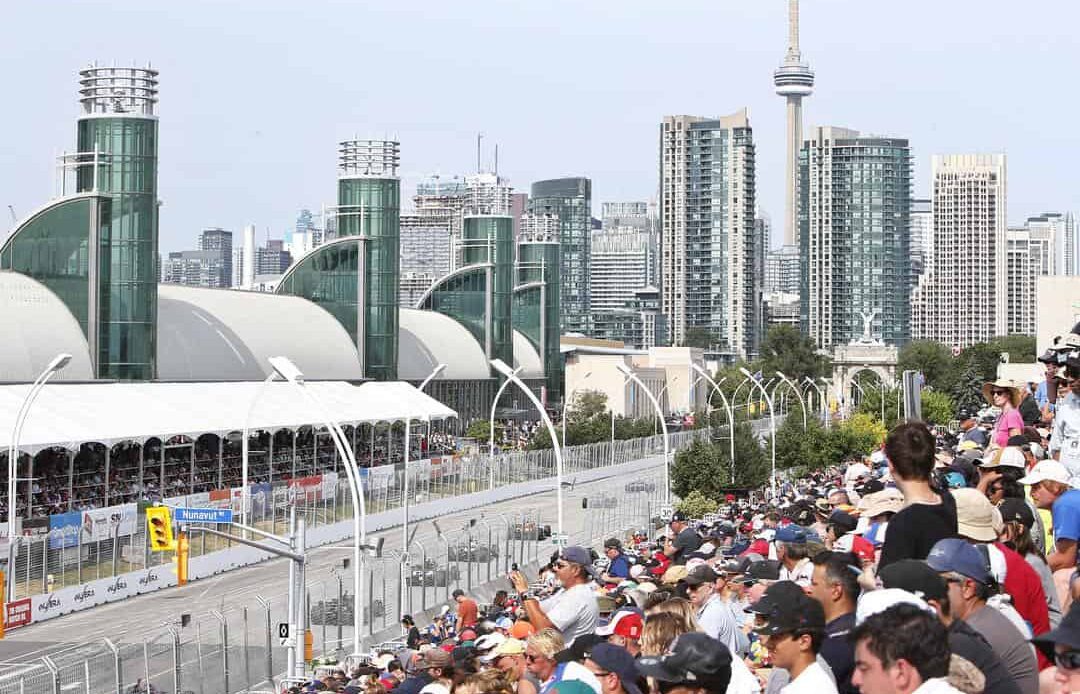IndyCar has already lost momentum.
This week, the series heads to Texas Motor Speedway for the second race of the season. Unfortunately, after an eventful opening round at St. Petersburg, Florida, on March 5, in which a battle for the lead knocked out the two best cars and there was still a pass for the win at the end, the series has been out of sight for three straight weekends.
By the time the green flag falls Sunday, the series has already fallen out of the news cycle and been replaced with March Madness, three weekends of NASCAR racing, two PGA events and NFL free agency – totaling four whole weeks of no IndyCar action. The race at St. Pete will be overshadowed by the lack of IndyCar presence on TV ever since.
But after this week, IndyCar’s schedule ramps up. From Texas until the Indianapolis 500, the series settles into a consistent two-week racing rhythm, which over previous years is an improvement. In the 2022 season, the first four races were separated by three weeks from Feb. 27 until the May 1 Barber race. The gap between the first two races isn’t good, but at the same time, the series is able to rebuild momentum from Texas until the critical Indy 500.
In future years, IndyCar must address this, but the challenge is finding a market to host an IndyCar race this early in a warm climate and keeping the 12 Hours of Sebring weekend free since several teams have IMSA programs. And they have tried.
Since Barber was added in 2010, creating the St. Pete, Barber, and Long Beach triumvirate, IndyCar has tried teaming those events with six other races, with only one – the Indianapolis Grand Prix, sticking beyond three years. A race at Kansas fell off in 2010 after being the oval warm up to the Indy 500, a Sao Paolo; Brazil, street course was well attended but lacked city support; Phoenix had three tries but not enough fans; New Orleans was ran in a thunderstorm and more than half the laps fell under yellow, ruining further tries there and Circuit of the Americas stuck around one year before the COVID season prevented a second try at it.
Further, IndyCar moved Texas to the spring, which has helped alleviate the racing droughts, but attendance has been reported as unimpressive over the last few years, so its long-term status is debatable.
It’s commendable that the series has been able to find the five events that have been mainstays on the schedule leading up to May. But what are possible solutions to the…
Click Here to Read the Full Original Article at …

